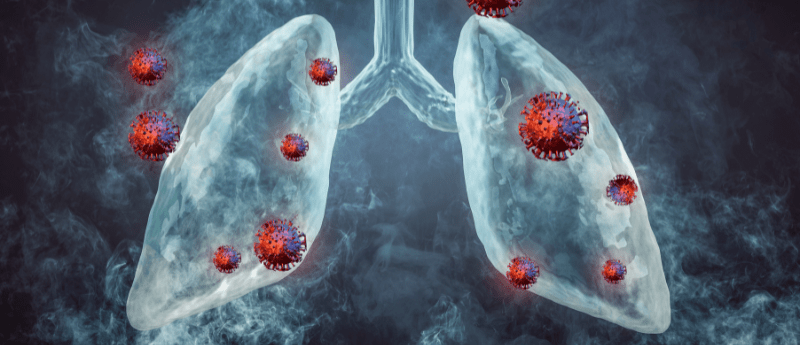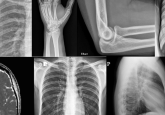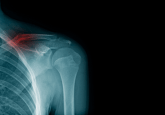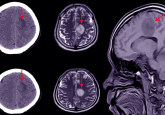Novel AI algorithm can detect early-stage lung cancer

The AI tool can identify the cancer-risks of incidental pulmonary nodules detected in CT scans, potentially accelerating lung cancer detection, which is usually only diagnosed in late stages.
Lung cancer is the second most common type of cancer in both men and women, and is undoubtedly the leading cause of cancer-related deaths in the US, where approximately 1 in 5 of all cancer deaths are a result of lung cancer. Early detection and diagnosis of lung cancer is vital to improve patient outcome and treatment success, however symptoms typically do not manifest until advanced stages of the disease and the majority of lung cancers are not detected until Stage III or IV.
CT scans are utilized to detect lung cancer, in which incidental pulmonary nodules (abnormal masses of tissue in the lung) commonly appear. These detected nodules are typically benign (approximately 95%) and can be a result of numerous causes, including lymph nodes, infections and arteriovenous malformations.
However, a small minority of nodules can indicate early-stage cancers. As a result, detecting such pulmonary nodules in CT scans can represent a challenging opportunity for early lung cancer diagnosis. Grading the cancer-risks of nodules is a delicate and complex process; classifying a high-risk nodule as low-risk could hinder cancer diagnosis, while on the other hand, classifying a benign nodule as high-risk may lead to unnecessary invasive procedures and resulting complications.
Researchers collaborating from The Royal Marsden NHS Foundation Trust, The Institute of Cancer Research and Imperial College London (all London, UK) have employed AI to address this issue and assist the earlier diagnosis of lung cancer.
Published in eBioMedicine, the study utilized CT scan data from approximately 500 patients with large lung nodules to design an AI algorithm. The algorithm’s performance was then assessed.
The algorithm analyzed each nodule and identified its risk of cancer with an AUC (a measure of a model’s performance, where 1 is 100% correct and 0 is 100% incorrect) of 0.87. The AI algorithm also outperformed alternative commonly used clinical tests, such as the Brock score (AUC of 0.672) and Herder score (AUC of 0.83).
These findings suggest that the AI algorithm could accelerate lung cancer detection and stratify high-risk patients earlier, enabling faster treatment. The algorithm also only required two variables to accurately predict lung cancer risk, in comparison to the 7 and 9 variables necessary for the Herder and Brock scores respectively.
In combination with the Herder model, the AI model was able to determine high-risk patients in an intermediate risk group (who are offered a range of treatment options) and suggest early intervention for 82% of nodules that were later diagnosed as cancerous.
“According to these initial results, our model appears to identify cancerous large lung nodules accurately. In the future, we hope it will improve early detection and potentially make cancer treatment more successful by highlighting high-risk patients and fast-tracking them to earlier intervention. Next, we plan to test the technology on patients with large lung nodules in clinic to see if it can accurately predict their risk of lung cancer,” announced Benjamin Hunter, Clinical Oncology Registrar at The Royal Marsden NHS Foundation Trust.
This technology represents an opportunity to simplify the nodule risk calculation process, accelerate disease detection and support clinicians in making more informed decisions. The earlier the detection and treatment, the better the outcome.





